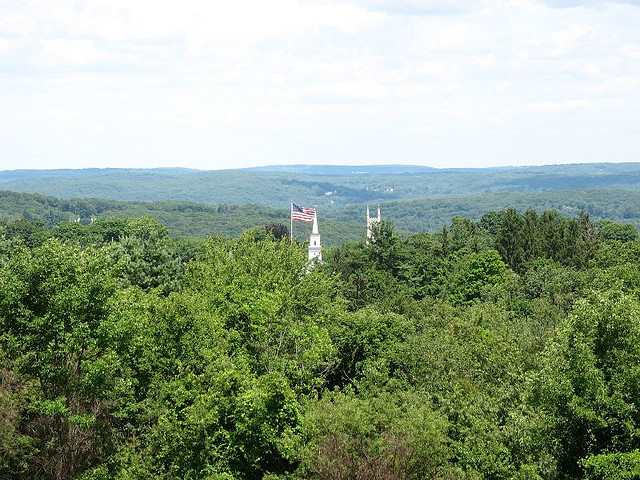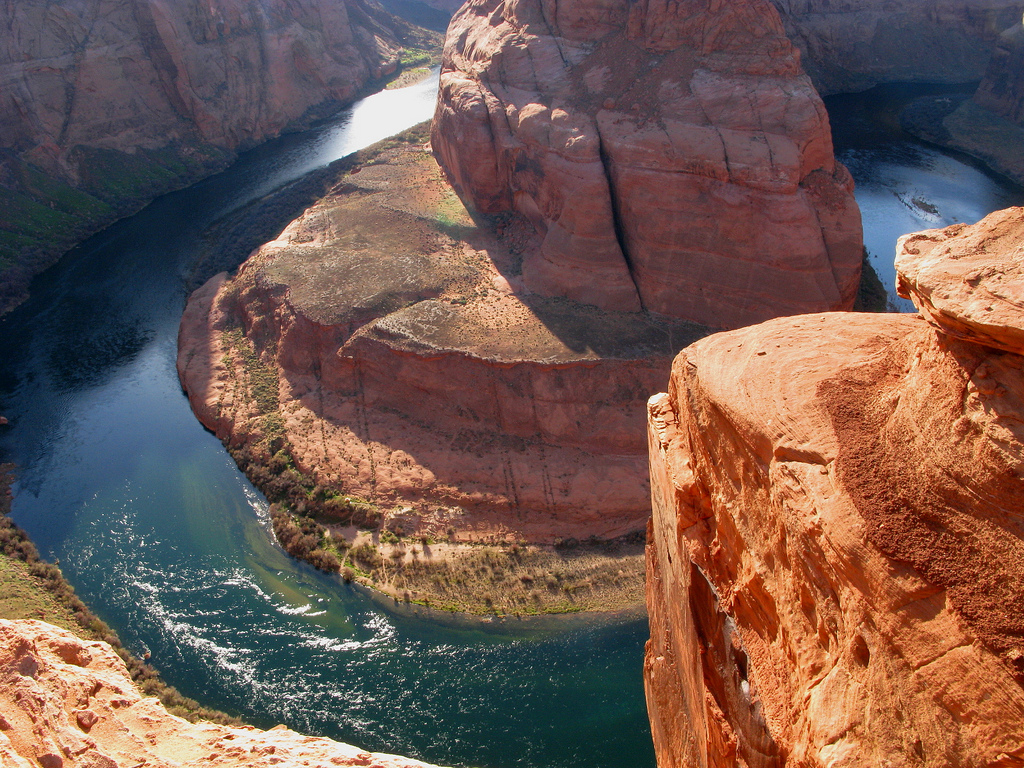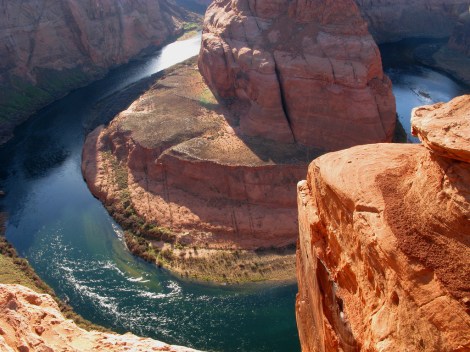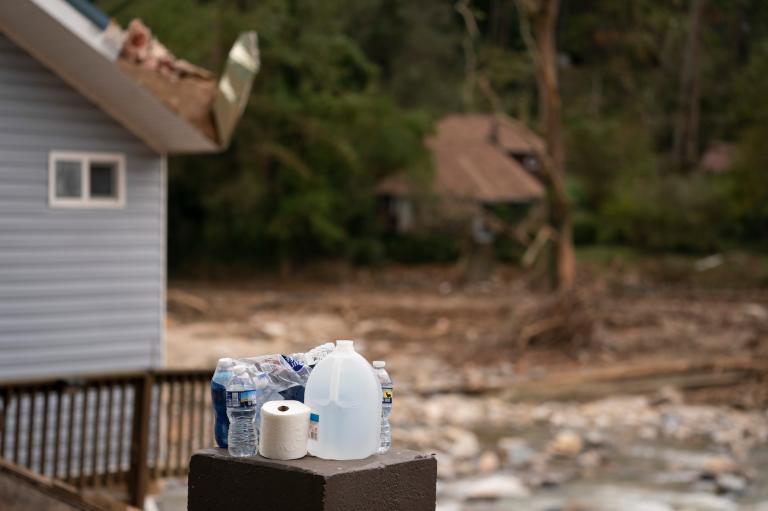Add another item to the list of things in peril due to climate change: the entire American West.
According to a new study from the federal Bureau of Reclamation, the Colorado River won’t fare well over the next 50 years. Climate change, drought, and population growth all add up to far greater demand for water than the river will be able to supply by 2060.
A large portion of the American West, especially its cities, rely on the Colorado. Almost 40 million residents of Arizona, California, Colorado, New Mexico, Nevada, Utah, and Wyoming depend entirely on the river’s water.
“This study should serve as a call to action,” said Interior Secretary Ken Salazar. But some of the possible actions outlined in the report are, well, nuts. From the Los Angeles Times:
The analysis lists a range of proposed solutions, including some that Interior officials immediately dismissed as politically or technically infeasible. Among them: building a pipeline to import water from the Missouri or Mississippi rivers and towing icebergs to Southern California.
But Salazar said a host of practical steps could be pursued, including desalination of seawater and brackish water, recycling and conservation by both the agricultural and urban sectors.
For states draining the Colorado’s Upper Basin — Wyoming, Colorado, Utah, and New Mexico — there is a less insane option, according to National Geographic.
The Bureau of Reclamation study also highlights an opportunity to help water users in the Upper Basin (WY, CO, NM and UT) save water for use in extended droughts while at the same time improving conditions essential to the $26 billion river recreation industry. An Upper Basin water bank is the kind of modern river management that can ensure prosperous farms and ranches, thriving cities, and healthy river flows.
At risk of stating the obvious, predicting the future is hard! Even for the federal government. Some critics said the report overestimates population growth in unsustainable desert towns like Phoenix and Las Vegas that have seen recent real estate and population collapses. From the L.A. Times:
“Some of these demand projections are absurd,” said Michael Cohen, who is based in Colorado and is a senior associate with the Pacific Institute, an Oakland think tank.
He was nonetheless encouraged by the report’s discussion of the potential for conservation by cities and farms. “Those kinds of options are already in practice in the basin and they are cheaper and faster” than building major infrastructure projects such as desalination plants, he said.
Agriculture uses most of the developed water supplies in the West and the future is bound to bring more transfers of water from farms to cities, Cohen said. But that could be largely accomplished by selling the water that is conserved through more efficient irrigation practices rather than by retiring farmland, he said. “There’s a lot of waste in the system in the ag end and the urban end.”
The river’s main allocation goes to California’s Imperial Irrigation District, a chunk of desert and farmland in central southern California. Right now the water barely maintains the area’s toxic Salton Sea, keeping it from drying up and becoming an airborne mass of sand and botulism. Which, yay! But the water will soon be diverted to San Diego, away from the Salton and the area’s agriculture (mainly citrus and dates).
The transfers have been controversial in the district, and Kevin Kelley, the agency’s general manager, warned that carrying out such agreements can be tougher than planning them.
He also worried that his district would come under pressure to make more transfers. “We don’t want to get into a zero-sum game in which one category of user wins and another, chiefly agriculture, has to lose,” he said.
With California agriculture and 40 million people relying on the Colorado, this insatiable demand for water won’t dry up overnight. But there are some changes we can make on the road toward 2060. Might I humbly suggest we start first with dismantling the Palm Springs golf courses?





